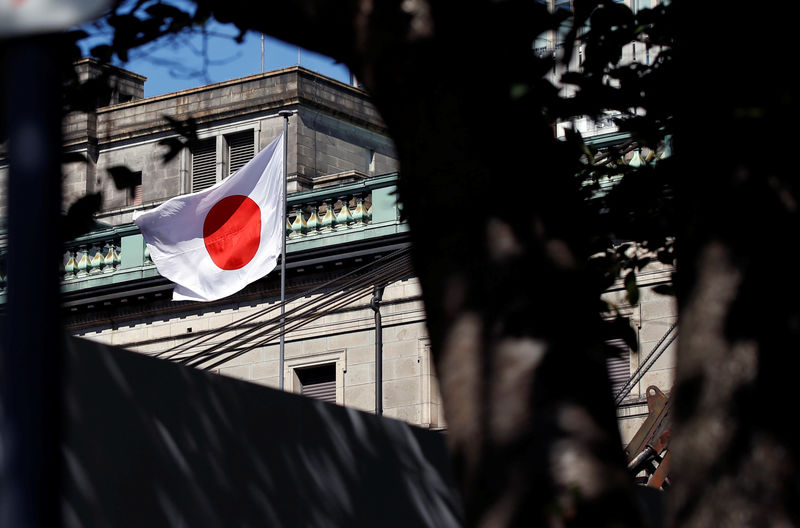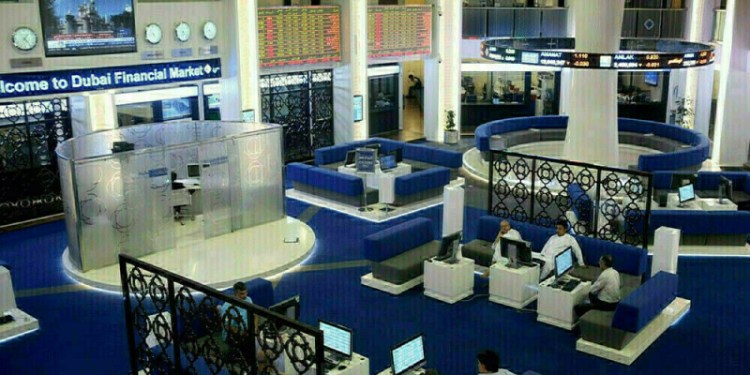 © Reuters. FILE PHOTO: A Japanese flag flutters atop the Bank of Japan building under construction in Tokyo
© Reuters. FILE PHOTO: A Japanese flag flutters atop the Bank of Japan building under construction in TokyoBy Leika Kihara
TOKYO (Reuters) – Japan’s long run of extreme monetary stimulus has drawn increasing criticism over the impact it’s had on small banks, but despite the grumbling, the central bank is likely to keep inflation as its primary policy consideration.
That means the Bank of Japan may well look past the various arguments against the ultra-low interest rates that have emerged in policy meetings over the past few months, people familiar with the matter told Reuters, and bring the focus back to the formidable task driving inflation to hit the elusive 2 percent target.
At the same time, the central bank will want to reassure markets that it has not given up on the idea of normalizing policy, given increasing public attention to the plight of regional banks, though it will likely temper any expectations about an imminent move.
The complicated mix of policy debates creates a communication challenge for the BOJ as it balances the merits and costs of its massive stimulus, which has failed to fire up inflation.
“The BOJ’s priority remains inflation because banking system problems aren’t imminent yet. But that doesn’t mean it can be complacent,” one of the sources said. “Coming up with the best policy mix is becoming increasingly difficult.”
Markets have been rife with speculation the BOJ could raise rates to give some breathing space to regional banks, which have seen profits squeezed by years of near-zero rates, a dwindling population and falling number of borrowers.
BOJ Governor Haruhiko Kuroda has sought to deflect such views, saying that hiking rates now would only cool growth and do little help to banks.
Adding to the argument against a rate hike are central banker views that rate hikes alone cannot fix the structural problems that plague Japan’s over-crowded banking sector, and that efforts to consolidate smaller banks should come first, the sources say.
With inflation only at half the rate of its target, the BOJ will find it hard to justify raising rates now. A rate hike may also trigger an unwelcome yen rise that hurts an export-reliant economy already facing headwinds from global trade frictions.
“The BOJ hasn’t necessarily promised to keep rates at current levels until inflation hits 2 percent,” a second source said. “But prices needs to tick up a bit more to prompt consideration of action.”
KEEPING NORMALIZATION IN SIGHT
With half of Japan’s regional banks losing money from their core lending business over the past two years, the BOJ has faced pressure to move away from negative interest rates.
While that has not prompted an immediate policy change, sources say the central bank, as part of its communication strategy, will seek to reassure the market that an exit from crisis-mode stimulus will happen eventually.
The strongest hints have come from within the central bank’s nine-member board. BOJ policymaker Yukitoshi Funo said earlier this month that higher yields could help banks, signaling a rate hike could be a future option.
And a summary of debate at October’s rate review showed an unnamed board member warning that capping yields around zero for a long time could hurt, not heighten, inflation expectations.
“It’s important to consider in a flexible manner” ideas that would allow yields to rise more freely, the member was quoted as saying.
Former BOJ board member Takahide Kiuchi said such comments could be an attempt to sound out the market’s reaction to a future policy tweak.
“Any signs of a rate hike would shock markets if they come from the mouth of the governor. It would be less disruptive coming from the board members,” Kiuchi said.
“It’s clear the BOJ wants to move towards a de-facto exit given the accumulating costs of easy policy.”
Such communication needs to be handled carefully. The BOJ has in the past caused market gyrations through policymaker statements that have been incorrectly interpreted by traders as a sign of imminent policy change.
Away from financial markets, academic research has also been adding to the debate with particular scrutiny on the BOJ’s controversial policy of yield curve control (YCC), which keeps short-term rates negative and 10-year yields capped around zero percent.
A BOJ-affiliated think tank published a paper this month pointing to the potential flaws of YCC, arguing that abandoning negative rates could help accelerate inflation.
While the papers do not represent the official central bank view, they deal with themes BOJ policymakers focus on and are seen offering clues on future policy direction.
Even Kuroda, who dismisses the chance of a near-term rate hike, is dropping hints that easy policy won’t last forever.
Speaking to business leaders in central Japan earlier this month, Kuroda conceded that regional banks could see their business environment worsen further in years ahead.
“Unlike in the past, Japan is no longer in a situation where decisive, large-scale policy is needed to overcome deflation.”
(GRAPHIC: BOJ’s battle with deflation – http://tmsnrt.rs/28KmQnX)
Source: Investing.com



























